Ushering In A New Period: Exploring The Significance Of The Hindu New 12 months
Ushering in a New Period: Exploring the Significance of the Hindu New 12 months
Associated Articles: Ushering in a New Period: Exploring the Significance of the Hindu New 12 months
Introduction
On this auspicious event, we’re delighted to delve into the intriguing matter associated to Ushering in a New Period: Exploring the Significance of the Hindu New 12 months. Let’s weave fascinating data and supply recent views to the readers.
Desk of Content material
Ushering in a New Period: Exploring the Significance of the Hindu New 12 months

The Hindu calendar, a tapestry woven with intricate threads of astronomical calculations and cultural significance, would not adhere to a singular, universally celebrated New 12 months’s Day. As an alternative, it boasts a wealthy range of beginnings, reflecting the multifaceted nature of Hinduism itself and the numerous regional traditions inside its huge embrace. Whereas some communities have fun the New 12 months in spring, others mark it in autumn, every event imbued with distinctive rituals, customs, and non secular which means. This text delves into the complexities of the Hindu New 12 months, exploring its completely different manifestations and the profound non secular and cultural significance connected to those auspicious events.
A Calendar of Many Beginnings:
The Hindu calendar shouldn’t be a monolithic entity. Completely different areas and communities observe distinct calendars, resulting in a large number of New 12 months celebrations. Probably the most well known are:
-
Chaitra Navratri (Gudi Padwa, Ugadi, Cheti Chand): This marks the start of the lunisolar Hindu calendar 12 months, usually falling in March or April. It signifies the graduation of spring, a time of renewal and new beginnings. Chaitra Navratri, a nine-day pageant devoted to the divine female, is a central a part of the celebrations. Gudi Padwa (Maharashtra), Ugadi (Karnataka, Andhra Pradesh, Telangana), and Cheti Chand (Sindhi neighborhood) are regional variations of this New 12 months celebration, every with its personal distinctive customs and rituals. The hoisting of the gudi (a embellished flagpole) in Maharashtra, the preparation of Ugadi pachadi (a candy, bitter, bitter, and spicy combination symbolizing life’s complexities) in South India, and the colourful Sindhi neighborhood gatherings all spotlight the various expressions of this New 12 months.
-
Vaisakha (Baisakhi): Celebrated predominantly within the northern components of India, significantly in Punjab and Haryana, Baisakhi marks the harvest pageant and the Sikh New 12 months. It’s a time of immense pleasure and thanksgiving, signifying the abundance of the harvest and the bounty of the land. The colourful celebrations embody folks dances, non secular gatherings, and communal feasts, reflecting the spirit of unity and prosperity.
-
Diwali (Deepavali): Whereas primarily celebrated because the pageant of lights, Diwali additionally marks the start of the brand new 12 months for some communities, significantly within the north Indian states of Gujarat, Rajasthan, and Maharashtra. This New 12 months is related to the victory of fine over evil, gentle over darkness, and data over ignorance. The lighting of diyas (oil lamps) symbolizes the dispelling of darkness and the illumination of the trail in the direction of a brighter future.
-
Vikrami Samvat: This calendar, predominantly adopted in North India, has its personal New 12 months’s Day, which regularly falls in late autumn or early winter. It is intricately linked to the reign of King Vikramaditya, a legendary determine whose period is taken into account the start line of this calendar. The celebrations related to this New 12 months are sometimes intertwined with native traditions and customs.
The Non secular Significance:
Past the regional variations, the Hindu New 12 months carries profound non secular significance throughout all its manifestations. It is a time for:
-
Self-reflection: The New 12 months is a interval of introspection, a time to replicate on the previous 12 months, acknowledge errors, and set intentions for the 12 months forward. It is a chance to look at one’s non secular journey and attempt for self-improvement.
-
Renewal and Rebirth: The altering seasons, significantly the arrival of spring, symbolize renewal and rebirth. The New 12 months signifies a recent begin, an opportunity to go away behind negativity and embrace new prospects. It is a time to let go of previous habits and embrace constructive change.
-
Connecting with the Divine: The New 12 months celebrations are sometimes intertwined with non secular rituals and prayers. Folks search blessings from the divine, providing prayers and performing pujas (non secular ceremonies) to hunt steering and safety for the approaching 12 months.
-
Strengthening Household Bonds: The festivities deliver households and communities collectively, strengthening bonds and fostering a way of shared id. The sharing of meals, the participation in rituals, and the change of presents all contribute to a way of unity and belonging.
-
Giving Again to Society: Many communities use the New 12 months as a chance to have interaction in acts of charity and repair to others. This displays the Hindu emphasis on dharma (righteous conduct) and karma (actions and their penalties).
Cultural Expressions:
The Hindu New 12 months is widely known with a vibrant array of cultural expressions, which range considerably throughout areas and communities. These expressions embody:
-
Elaborate Pujas and Prayers: Particular deities are invoked relying on the regional custom and the precise calendar adopted. These pujas are sometimes performed in temples and houses, involving elaborate rituals and choices.
-
Festive Apparel: New garments are historically worn, symbolizing a recent begin and a renewed sense of self. The colours and types of the clothes typically replicate regional preferences and traditions.
-
Scrumptious Feasts: Particular dishes are ready and shared with household and pals. These culinary traditions are sometimes handed down by means of generations, reflecting the distinctive culinary heritage of every area.
-
Music and Dance: Conventional music and dance performances are an integral a part of the celebrations, including to the festive ambiance and expressing the enjoyment and enthusiasm of the event.
-
Group Gatherings: Massive gatherings are held, offering alternatives for socializing, exchanging greetings, and celebrating the New 12 months collectively.
Conclusion:
The Hindu New 12 months shouldn’t be a single occasion however a constellation of celebrations, every distinctive and vibrant. From the spring festivities of Chaitra Navratri to the harvest celebrations of Baisakhi and the luminous Diwali, these events replicate the wealthy tapestry of Hindu tradition and custom. They’re extra than simply holidays; they’re deeply non secular and cultural experiences that reaffirm the values of renewal, rebirth, and the enduring connection between humanity and the divine. The variety of those celebrations underscores the adaptability and resilience of Hinduism, permitting it to thrive throughout numerous areas and communities whereas sustaining its core non secular essence. The Hindu New 12 months, in all its assorted types, continues to encourage hope, renewal, and a way of shared objective, guaranteeing its enduring relevance within the lives of hundreds of thousands.


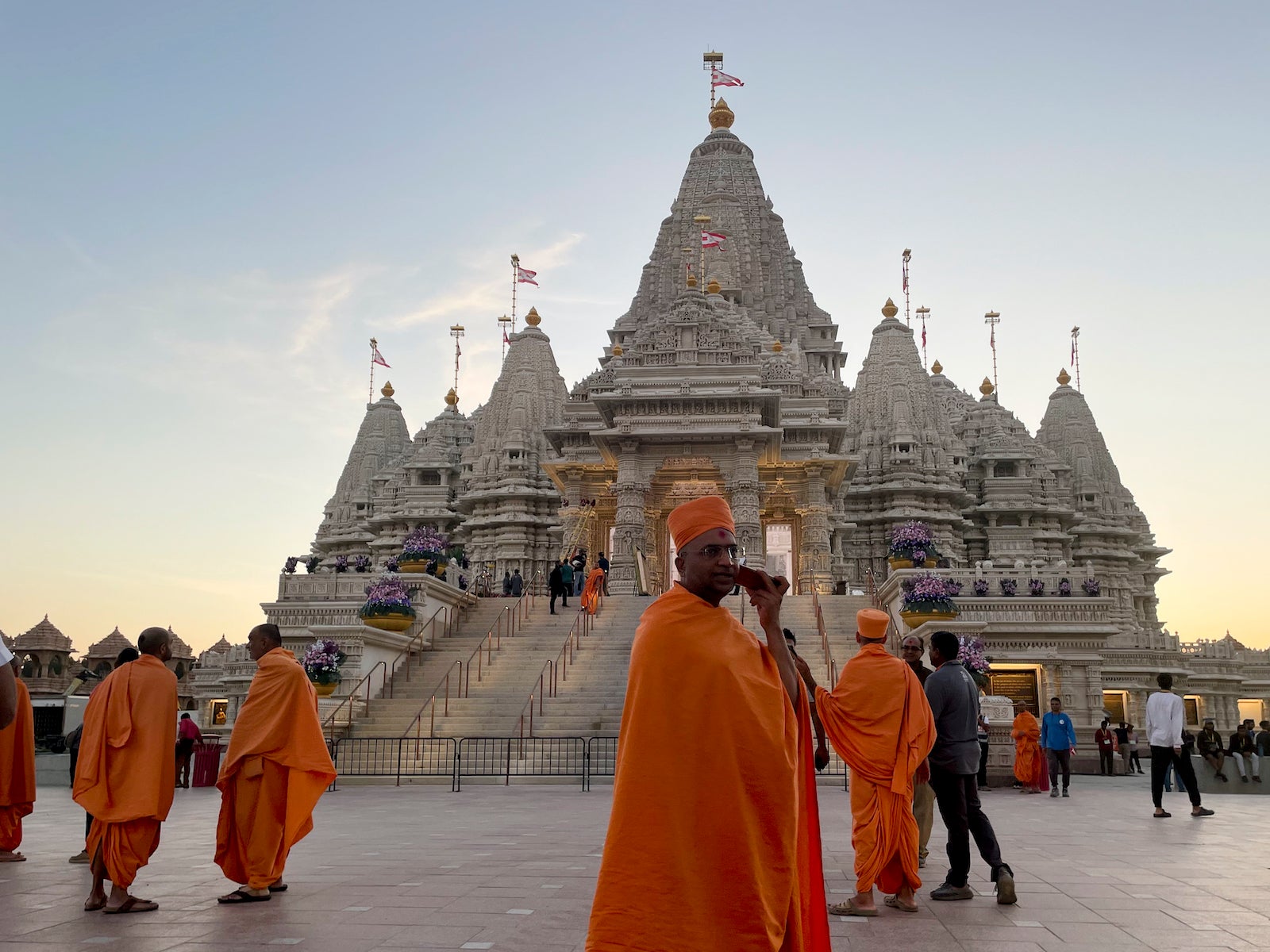
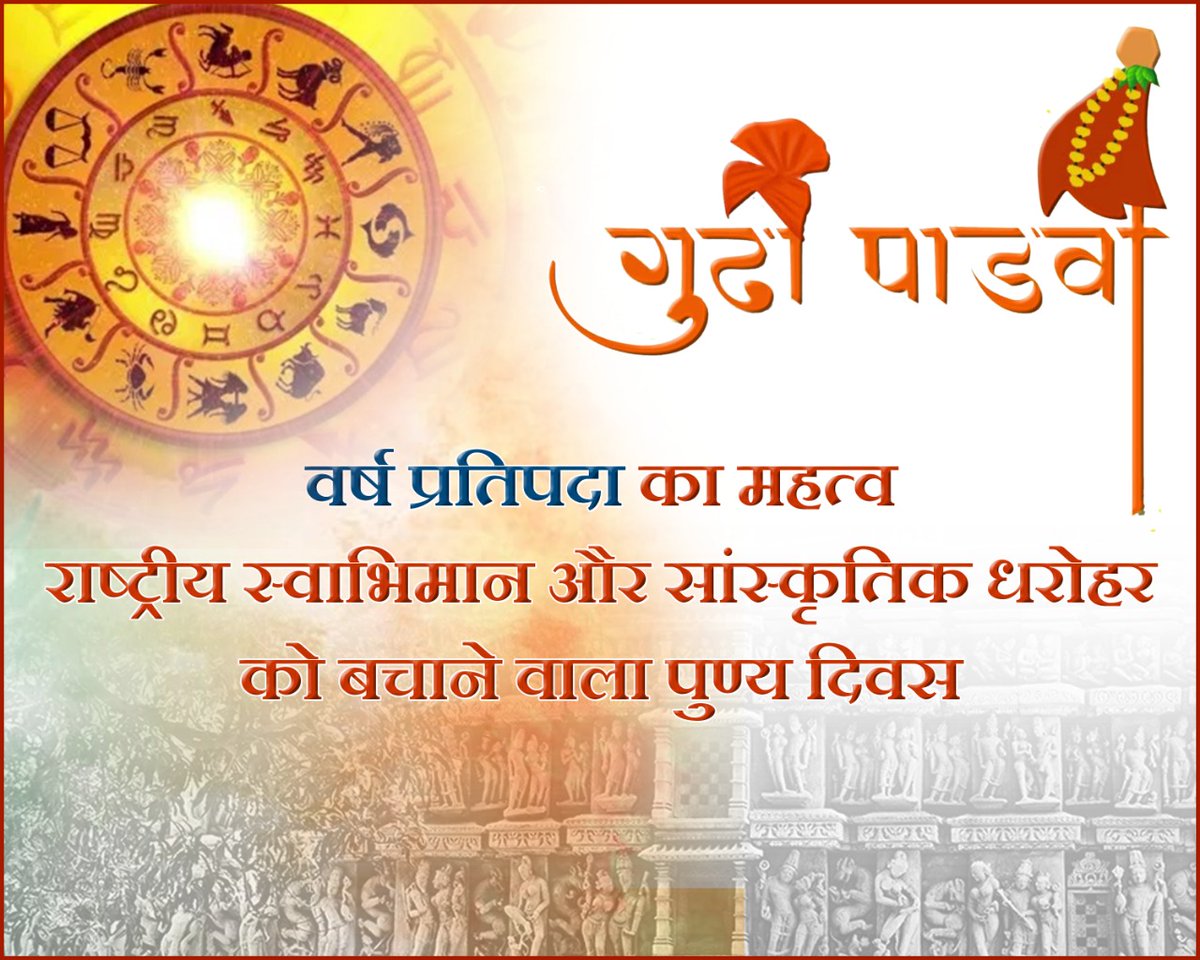

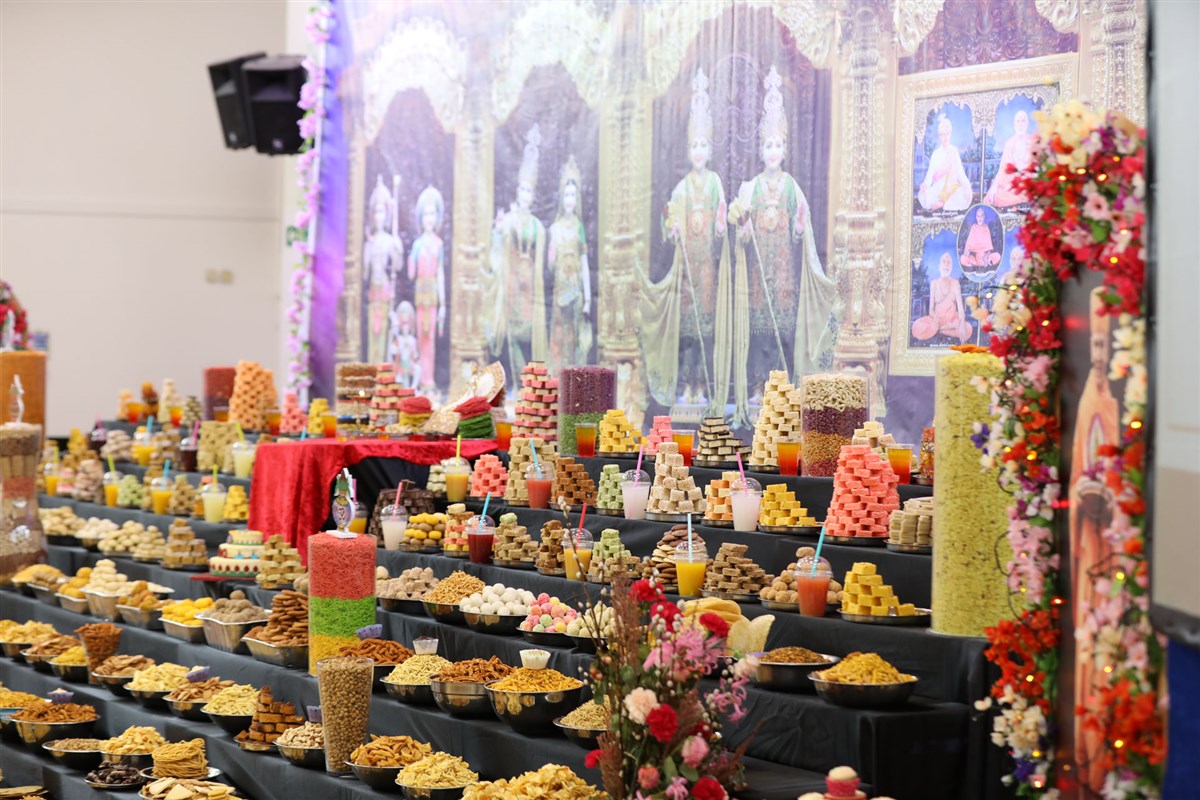
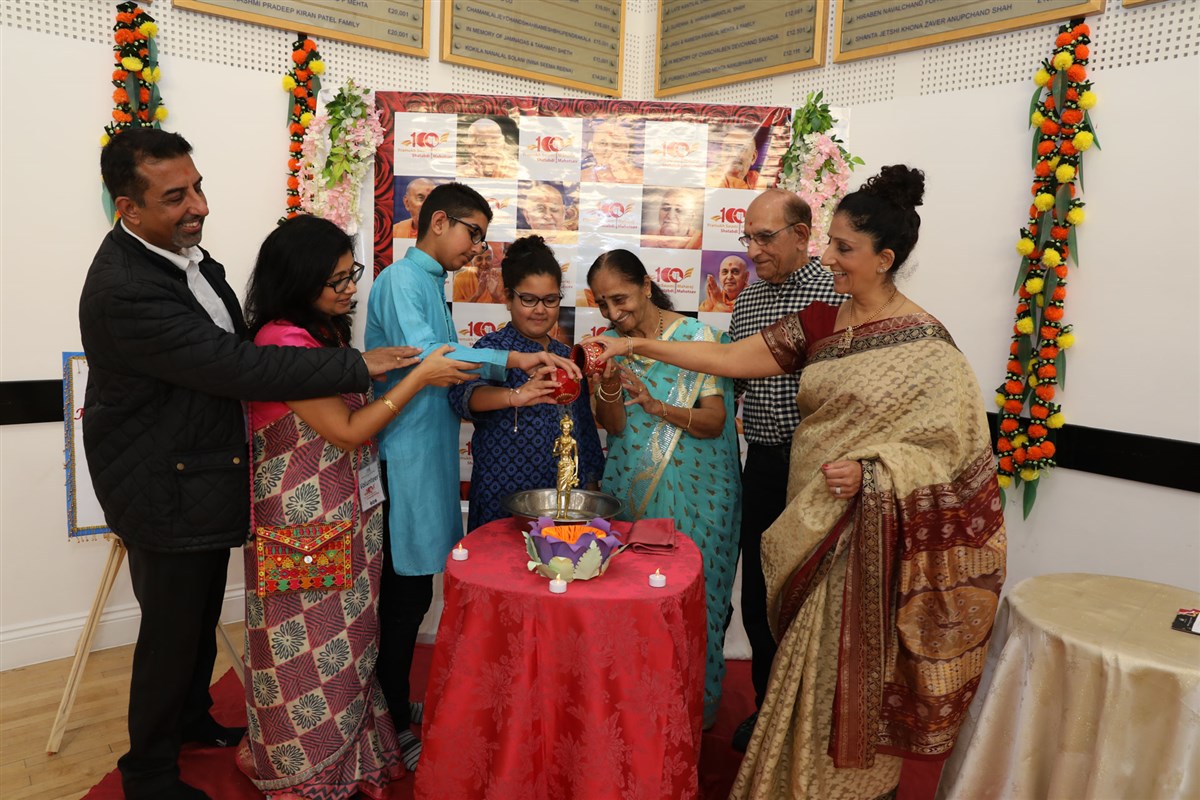
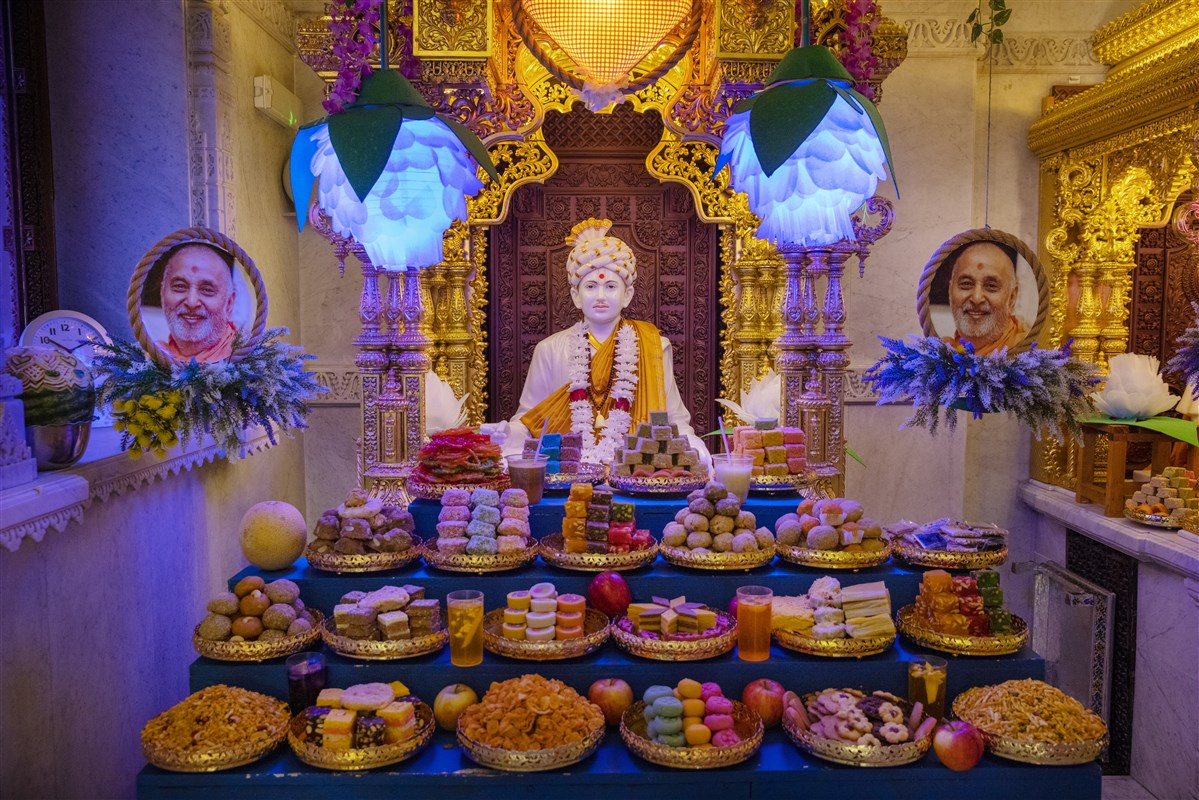
Closure
Thus, we hope this text has supplied worthwhile insights into Ushering in a New Period: Exploring the Significance of the Hindu New 12 months. We hope you discover this text informative and useful. See you in our subsequent article!